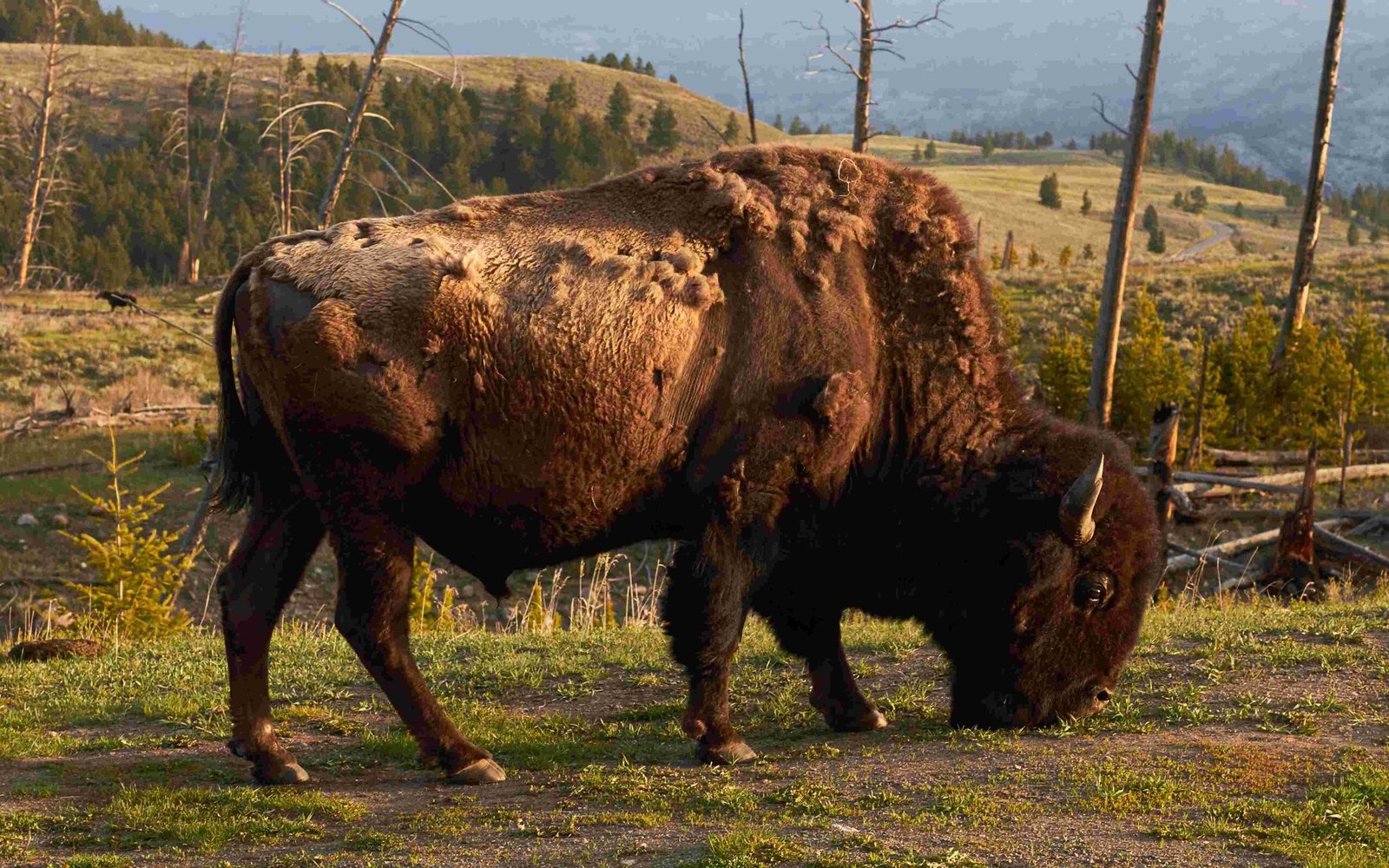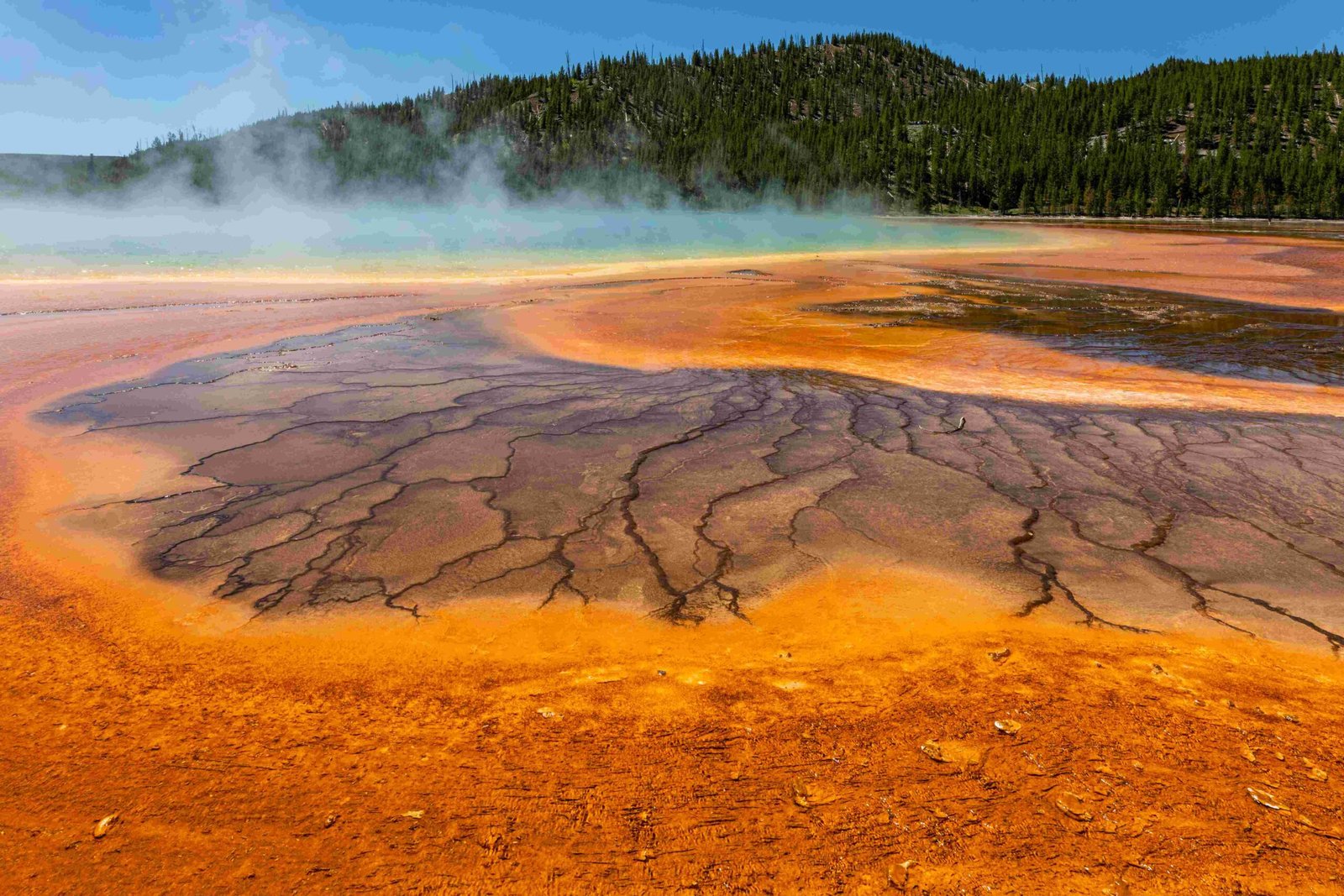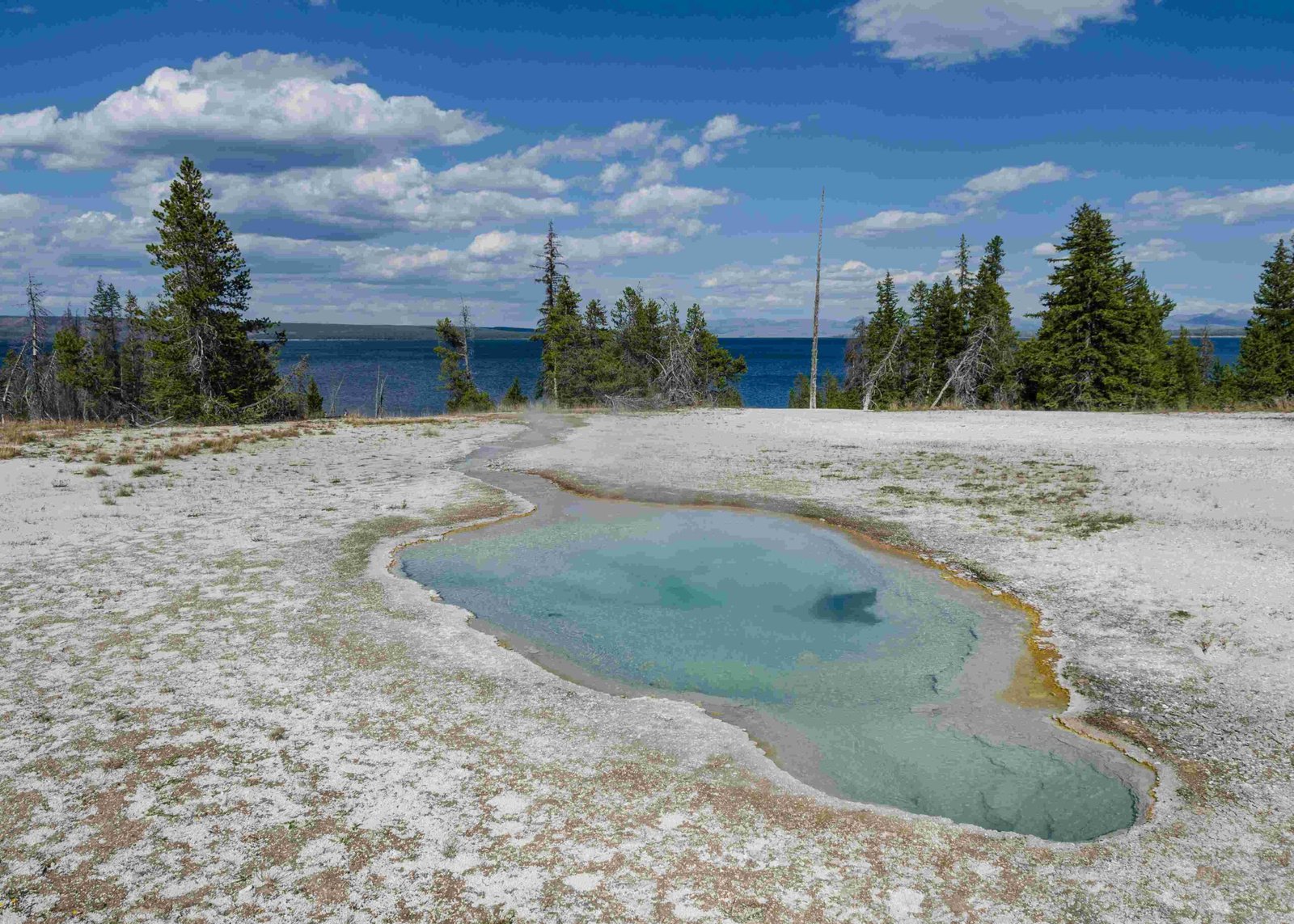Buffalo stampedes in Yellowstone National Park are awe-inspiring events that showcase the raw power and majesty of America’s largest land mammals. These sudden, thunderous movements of bison herds can be both exhilarating and dangerous to witness. While not a daily occurrence, stampedes can happen unexpectedly, often triggered by perceived threats or natural herd behaviors. Yellowstone’s vast landscapes provide an ideal setting for these dramatic displays of nature’s force.
What Causes a Buffalo Stampede in Yellowstone National Park?

Buffalo stampedes in Yellowstone National Park can be triggered by various factors:
- Perceived threats from predators
- Sudden loud noises or disturbances
- Natural herd instincts during mating season
- Competition for resources
- Weather changes
These events are unpredictable and can occur at any time, making them both exciting and potentially dangerous for park visitors.
Where Are the Best Locations to Witness a Buffalo Stampede?

While buffalo stampedes can’t be predicted with certainty, some areas in Yellowstone National Park are known for their high concentration of bison, increasing the chances of witnessing such an event:
- Lamar Valley
- GPS Coordinates: 44.9333° N, 110.2833° W
- Known as the ‘Serengeti of North America’
-
Wide-open spaces ideal for large herds
-
Hayden Valley
- GPS Coordinates: 44.6333° N, 110.4333° W
- Central location with vast grasslands
-
Popular for wildlife viewing
-
Madison River Area
- GPS Coordinates: 44.6333° N, 110.8667° W
- Scenic river valley frequented by bison
These locations offer expansive views and are accessible by car, making them prime spots for potential buffalo stampede sightings.
When Is the Best Time to See a Buffalo Stampede?
The timing of buffalo stampedes is unpredictable, but certain seasons and times of day may increase your chances:
| Season | Time of Day | Likelihood |
|---|---|---|
| Spring | Early Morning | High |
| Fall | Late Afternoon | High |
| Summer | Midday | Moderate |
| Winter | Anytime | Low |
Spring and fall are generally better seasons for bison activity, while early mornings and late afternoons tend to be more active times for wildlife in general.
What Safety Precautions Should Visitors Take?
When observing bison in Yellowstone, safety is paramount:
- Maintain a distance of at least 25 yards from bison at all times
- Stay in your vehicle when bison are near roads
- Never approach or feed bison
- Be aware of your surroundings and have an escape route planned
- Follow all park ranger instructions and posted signs
Remember, bison are wild animals and can be unpredictable, especially during a stampede.
How Does Yellowstone Manage Its Buffalo Population?
Yellowstone National Park manages its bison population through a comprehensive plan:
- Current target population: 3,500 to 6,000 animals after calving
- Collaboration with Native American tribes for population management
- Controlled hunting outside park boundaries
- Habitat monitoring and protection
This management approach aims to balance conservation with public safety and resource protection.
What Impact Do Buffalo Stampedes Have on the Ecosystem?
Buffalo stampedes play a significant role in Yellowstone’s ecosystem:
- Soil aeration through hoof action
- Seed dispersal
- Nutrient cycling
- Habitat modification for other species
- Natural selection within the herd
These impacts contribute to the overall health and biodiversity of the park’s ecosystems.
How Can Visitors Increase Their Chances of Witnessing a Buffalo Stampede?
While buffalo stampedes are unpredictable, visitors can improve their chances of witnessing one:
- Visit during peak seasons (spring and fall)
- Spend time in known bison habitats
- Be patient and observant
- Join guided wildlife tours
- Use binoculars or spotting scopes for distant herds
Remember, the goal is to observe safely without disturbing the animals or their natural behaviors.
What Should Photographers Know About Capturing Buffalo Stampedes?
For photographers hoping to capture a buffalo stampede:
- Use long telephoto lenses (400mm or longer) for safe, distant shots
- Be prepared with fast shutter speeds to freeze action
- Consider using a tripod for stability
- Respect park rules and wildlife viewing guidelines
- Be ready to move quickly if necessary for safety
Ethical wildlife photography prioritizes the animals’ well-being over getting the perfect shot.
How Do Buffalo Stampedes in Yellowstone Compare to Historical Great Plains Stampedes?
Buffalo stampedes in Yellowstone offer a glimpse into the past:
| Aspect | Yellowstone Stampedes | Historical Great Plains Stampedes |
|---|---|---|
| Herd Size | Thousands | Tens to hundreds of thousands |
| Frequency | Occasional | More common |
| Duration | Usually brief | Could last for hours |
| Impact | Localized | Widespread across vast areas |
While smaller in scale, Yellowstone’s stampedes still provide a powerful connection to America’s natural heritage.
Witnessing a buffalo stampede in Yellowstone National Park is a rare and exhilarating experience. While these events can’t be predicted or guaranteed, understanding the park’s bison population, their behaviors, and the best viewing locations can increase your chances of observing this spectacular natural phenomenon. Always prioritize safety and respect for wildlife when visiting Yellowstone, and remember that the unpredictability of nature is part of what makes these experiences so special.
References:
1. Aspen Public Radio – New Yellowstone Bison Management Plan
2. Wyoming Public Media – Yellowstone Bison Herd Growth
3. Wyoming Public Media – Finalized Bison Plan

